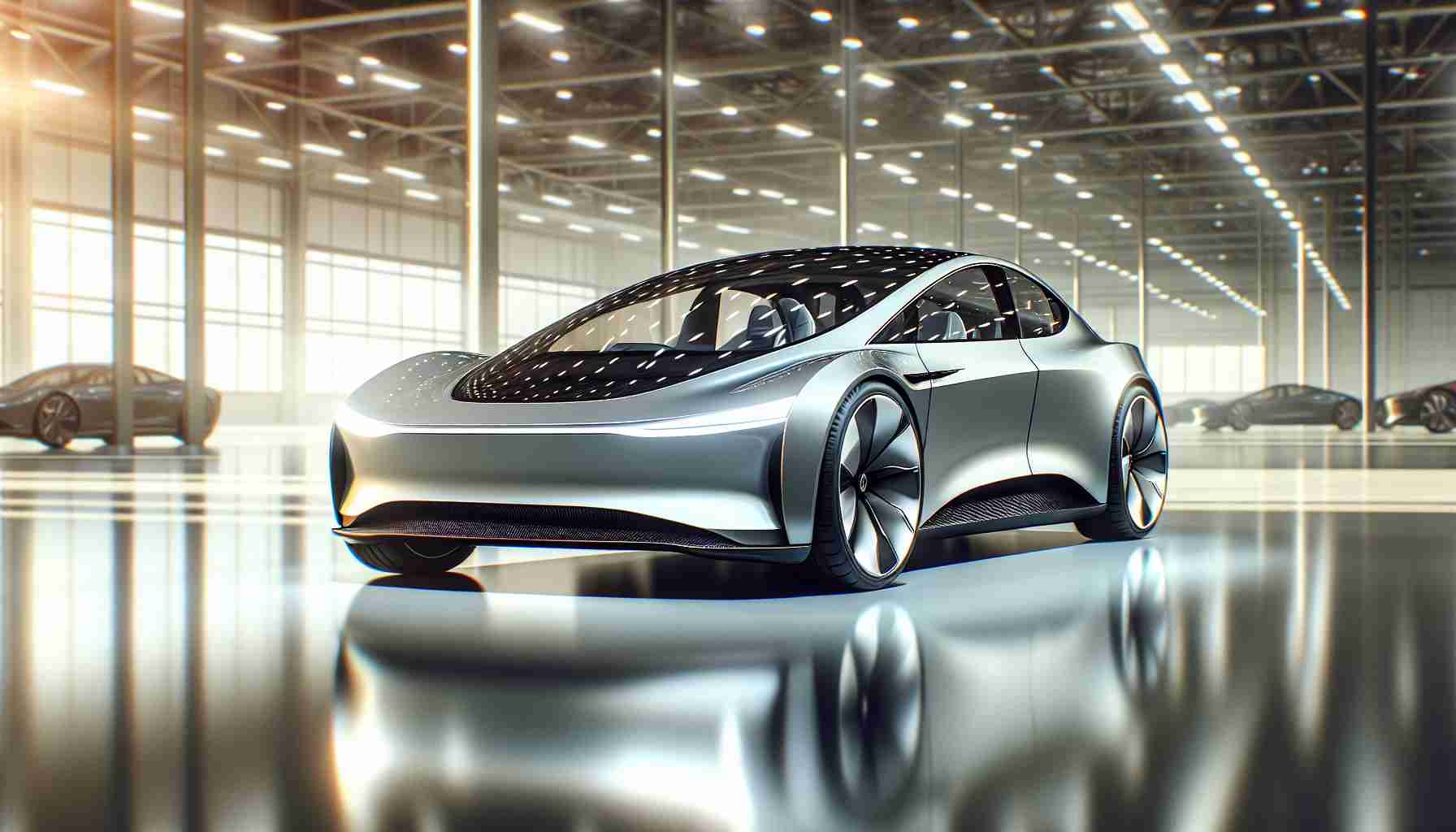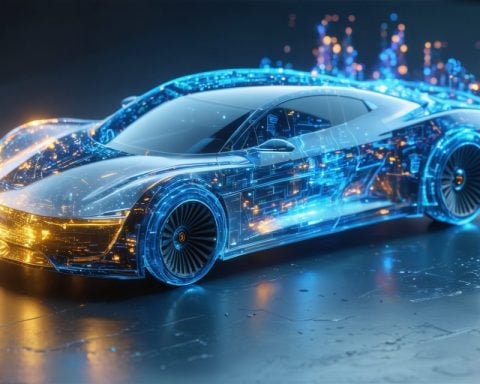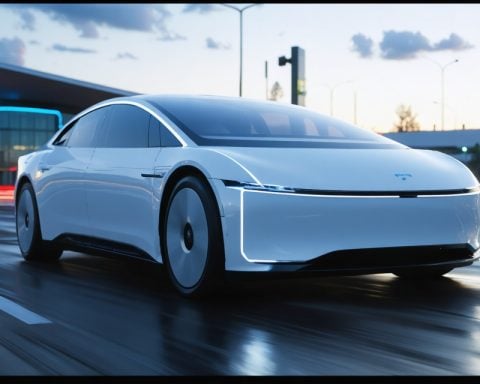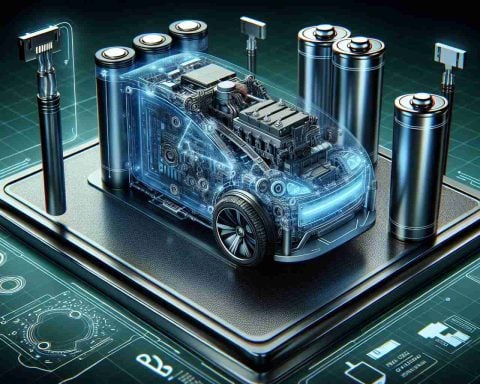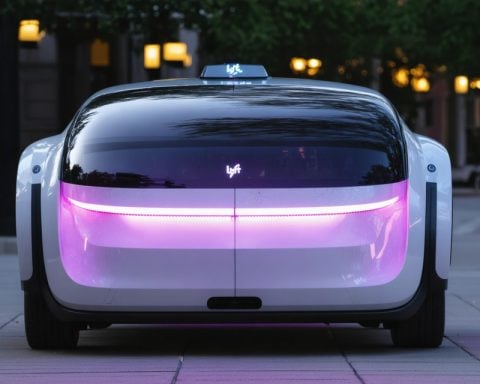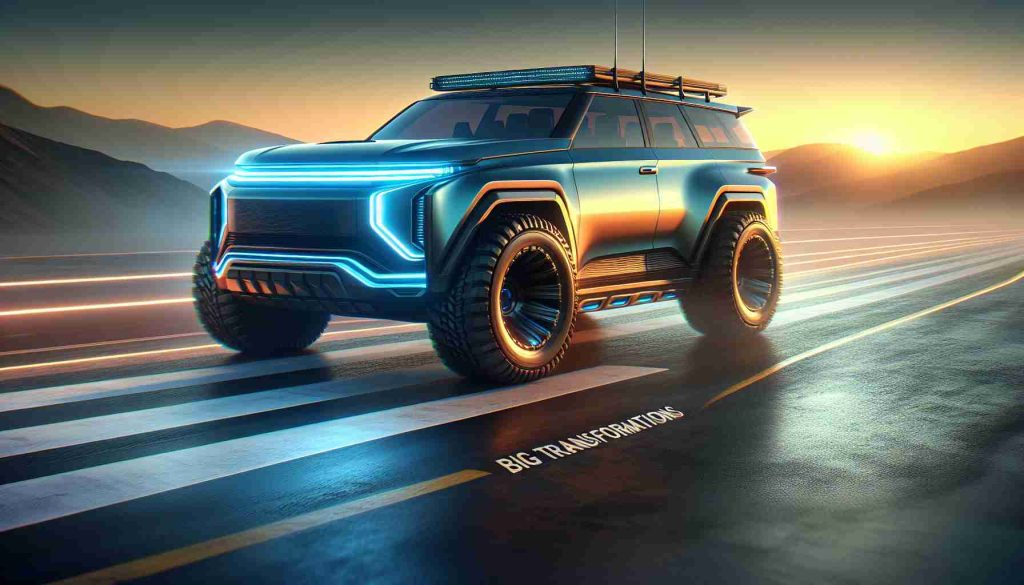Polestar, the Sino-Swedish automotive brand, is gearing up for an exciting evolution with the announcement of the new Polestar 7, scheduled for release in 2027. This model will be manufactured in an undisclosed European facility, a strategic move designed to bypass tariffs that have affected the automotive market.
Polestar’s design chief, Philipp Römers, has stated that the Polestar 7 will feature bold and innovative styling, true to the brand’s reputation for striking aesthetics. He expressed enthusiasm for exploring new design avenues and hinted that the Polestar 7 will define a fresh segment in the brand’s lineup, promising impressive performance alongside its aesthetic appeal.
The Polestar 7 is expected to innovate further by eliminating the traditional rear windshield in favor of a digital rearview camera, enhancing aerodynamics and design flexibility. It is anticipated that this model will share the SEA architecture with other Geely vehicles, such as the Smart #3 and Polestar 4.
In light of slower-than-expected sales for the Polestar 3 and 4 SUVs, the company is optimistic about the upcoming Polestar 7 and the highly anticipated Polestar 5, which aims to compete with the Porsche Taycan. To boost its market presence, Polestar plans to increase its retail locations by 75% by 2026, enhancing accessibility for customers across regions, although the impact on the Australian market remains uncertain.
Automotive Innovation and Its Broader Implications
The forthcoming release of the Polestar 7, set to debut in 2027, represents more than just a new model for the Sino-Swedish brand; it heralds a pivotal shift in the automotive landscape. As manufacturers increasingly pivot towards electric vehicles (EVs) and innovative technologies, the competitive sphere is adapting, influencing societal values that prioritize sustainability and advanced technology.
This transformation goes beyond aesthetics or performance. The decision to eliminate the traditional rear windshield in favor of a digital display is indicative of evolving consumer expectations. The embrace of digital technologies reflects a broader cultural trend towards connectivity, where the integration of advanced tech into daily life is becoming the norm rather than the exception.
From an economic perspective, Polestar’s strategic manufacturing choices underscore a shift in global supply chains, likely fostering increased competition amongst automotive players. As manufacturers seek to minimize tariffs and production costs, this could lead to reshuffling in job markets within Europe and Asia, impacting employment dynamics and regional economic health.
Moreover, the potential environmental repercussions cannot be overlooked. By utilizing SEA architecture, Polestar aims to streamline production efficiency, which could lead to reduced carbon footprints in manufacturing. Looking ahead, as automakers like Polestar innovate, they not only shape new consumer products but also contribute to the larger narrative of sustainable practices that are critical to combating climate change. As Polestar cultivates its brand identity in this evolving sector, the impact on future trends in vehicle design and production will surely resonate across the globe.
Unveiling the Future: What to Expect from the Polestar 7
Polestar, the innovative Sino-Swedish automotive manufacturer, is set to revolutionize its lineup with the upcoming Polestar 7, slated for a 2027 release. This new model symbolizes a significant shift in Polestar’s approach, not only in terms of design but also in its production strategy as it seeks to navigate and mitigate the impact of tariffs affecting the automotive industry.
Innovative Design and Engineering
Polestar’s design chief, Philipp Römers, has promised that the Polestar 7 will maintain the brand’s signature bold aesthetics while introducing cutting-edge innovations. Notably, the vehicle will feature a unique digital rearview camera in place of a traditional rear windshield, a move aimed at improving both aerodynamics and overall design flexibility. This forward-thinking approach underlines Polestar’s commitment to pushing design boundaries and could redefine the driving experience.
Architecture and Compatibility
The Polestar 7 will share the Sustainable Electric Architecture (SEA) platform with other vehicles from Geely, such as the Smart #3 and Polestar 4. This shared architecture enhances compatibility across various models while leveraging sustainable manufacturing practices, common in Geely’s production philosophy.
Comparative Market Position
While Polestar has experienced slower sales with models like the Polestar 3 and 4 SUVs, the company is channeling optimism into the Polestar 7 and the anticipated Polestar 5, which targets the premium EV segment and goes head-to-head with competitors like the Porsche Taycan. This strategic positioning highlights Polestar’s intent to solidify its presence in the high-performance electric vehicle market.
Expanding Retail Presence
In an effort to increase its visibility and market penetration, Polestar aims to expand its retail locations by an impressive 75% by 2026. This expansion strategy is designed to make Polestar vehicles more accessible to potential customers across various regions. However, the implications of this growth on global markets, particularly Australia, will require further analysis as the brand seeks to adapt to diverse consumer needs.
Sustainability and Innovations
Sustainability remains a crucial pillar of Polestar’s mission, and the Polestar 7 is expected to integrate advanced eco-friendly technologies within its design and manufacturing processes. This aligns with ongoing trends in the automotive industry emphasizing sustainability and environmental responsibility.
Pricing and Expectations
Although specific pricing for the Polestar 7 has yet to be announced, potential customers can expect a competitive price point aligned with the brand’s positioning within the premium electric vehicle market. Given the technological advancements and innovative features planned for this model, the Polestar 7 is anticipated to attract attention from both enthusiasts and everyday drivers alike.
Conclusion
As Polestar gears up for the launch of the Polestar 7, the automotive world eagerly awaits a vehicle that promises to blend extraordinary design with sustainable engineering. Polestar’s strategic expansion and innovative features position it as a formidable player in the evolving electric vehicle landscape. For ongoing updates and insights, visit Polestar’s main site.
